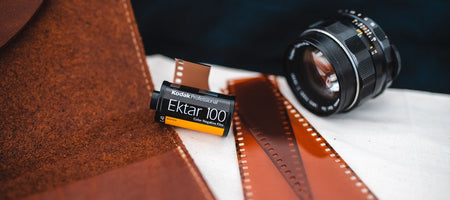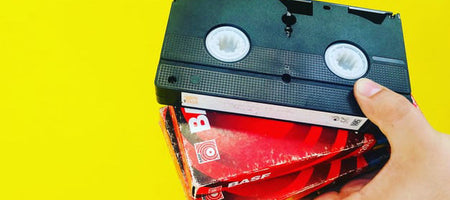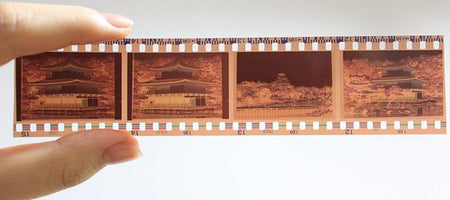There are some things we use everyday, without thinking much about where they came from. But what’s the context? Who invented these tools? How have they evolved over the years? Here’s the history behind your favorite sandals, toothpaste, and writing utensils:
Toothpaste
In the 1850s, the first toothpaste called Crème Dentifrice was developed and made available in a jar. Over 20 years later, Colgate began mass producing the product and eventually introduced toothpaste in tubes in the 1890s. Oddly enough, it wasn’t until after 1945—50-plus years after traditional toothpaste entered the mainstream market—that toothpaste no longer contained soap.
Flip Flops
The name “flip flop” refers to the sound sandals make when they slap against the foot with each step. They date back to ancient Egypt, around 4000 BC, and the oldest known pair is on display at the British Museum from 1500 BC. They’re made of leather and have one rounded thin strap that slides between the toe, and another than wraps over the top of the foot. The traditional flip flop we see today was first created by Japan’s Hiroshima Rubber Company, which exported the shoe in the 1950s.
Hairbrush
A brush with elastic wires and soft bristles was first patented in 1870 by Samuel Firey, but nearly 30 years later Lyda A. Newman invented an “Improved Hairbrush” comprised of separated bristles that could easily be cleaned and used to comb through tangles.
Soap
The first soap was discovered on Sappo Hill in Rome, but the original cleaning formula—which consisted of water and alkali and oil—actually dates back to Babylonia. In fact, the earliest known recipe was written on a Babylonian tablet around 2200 BC. Even then, soaps weren’t used for bathing the body—they were meant to clean tough wools and fabrics. Ancient papers found in Egypt suggest that Egyptian bathed regularly with animal and vegetable oils and alkaline salts, while Greeks bathed only for aesthetic reasons, sans soap. They used blocks of clay, pumice, or sands to scrub grit from their bodies, before pouring oil over their skin and then removing everything with a metal tool.
Cameras
The first camera is said to have been designed by Johann Zahn in 1685, but the first photograph ever taken wasn’t produced until 1814 by Joseph Nicephore Niepce. It was Niepce’s handmade camera that is generally credited as the first camera, which he made with silver chloride coating which darkened the reflection exposed to light.
Pencils
The first pencil was a graphite stick wrapped in string. These thin rods left behind a light, yet readable, trace and were called a “stylus.” Other early styluses were made with lead. Later, graphite was inserted into hollowed wood, forming what we generally think of when we imagine a pencil. In 1662, mass production began in Nuremberg, Germany. Throughout the 19th century, the tool underwent an industrial revolution.
Phone
An American scientist, Alexander Graham Bell, was granted the first official patent for his invention of the telephone in 1876; however, he experienced years and years of legal challenges to his claim as its sole inventor. Despite his great success as an engineer and scientist, Bell mainly describes himself as a teacher. Bell mainly committed his life to working in a school for the deaf , hoping to invent a machine that would transmit sound by electricity. The telephone did just that: transmitted human voice by an electric current. It’s been quite the evolutionary process to bring about smart phones with fast-speed Internet and quality cameras.
Coffee
The origin of this popular caffeinated drink links traces back to Ethiopia, where an ancient legend claims that a goat herder Kaldi found that his goats were full of energy after eating the red fruit of a coffee shrub. The earliest evidence of coffee drinking dates back to the 15th century in the Sufi monasteries of Yemen. It’s accepted that the first beans were brewed in the early 11th century and became much more mainstream in the Muslim community by the 13th century.
Next time you’re on the phone FaceTiming a loved one or scribbling a note with a fancy gel pen, think about how these present-day creations came to fruition. Be in awe of the inventors who dreamed big and the step-by-step changes that have progressed over time.













